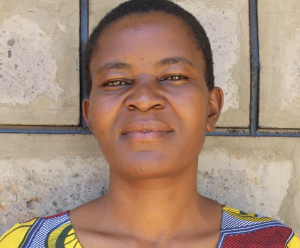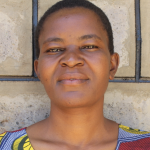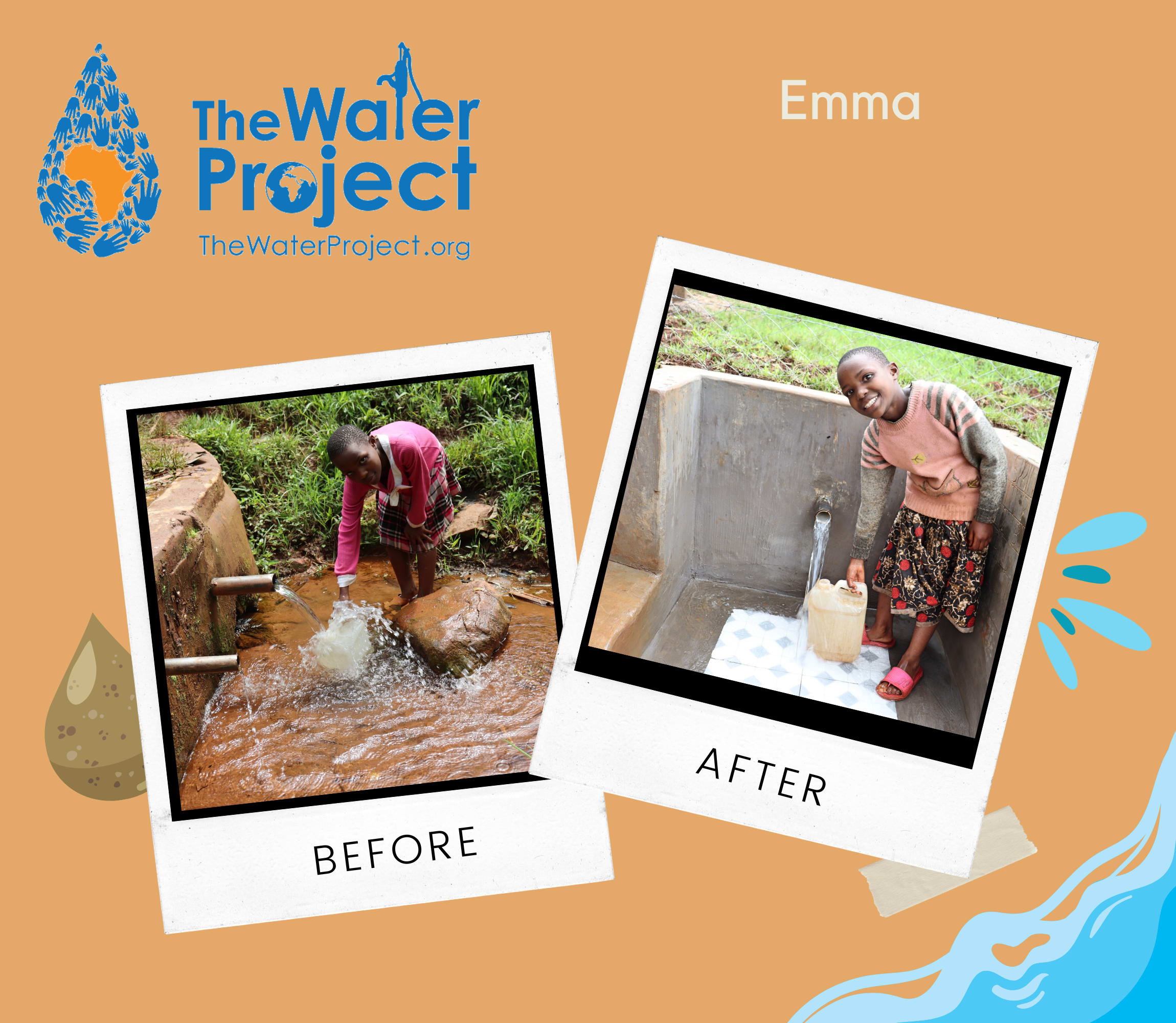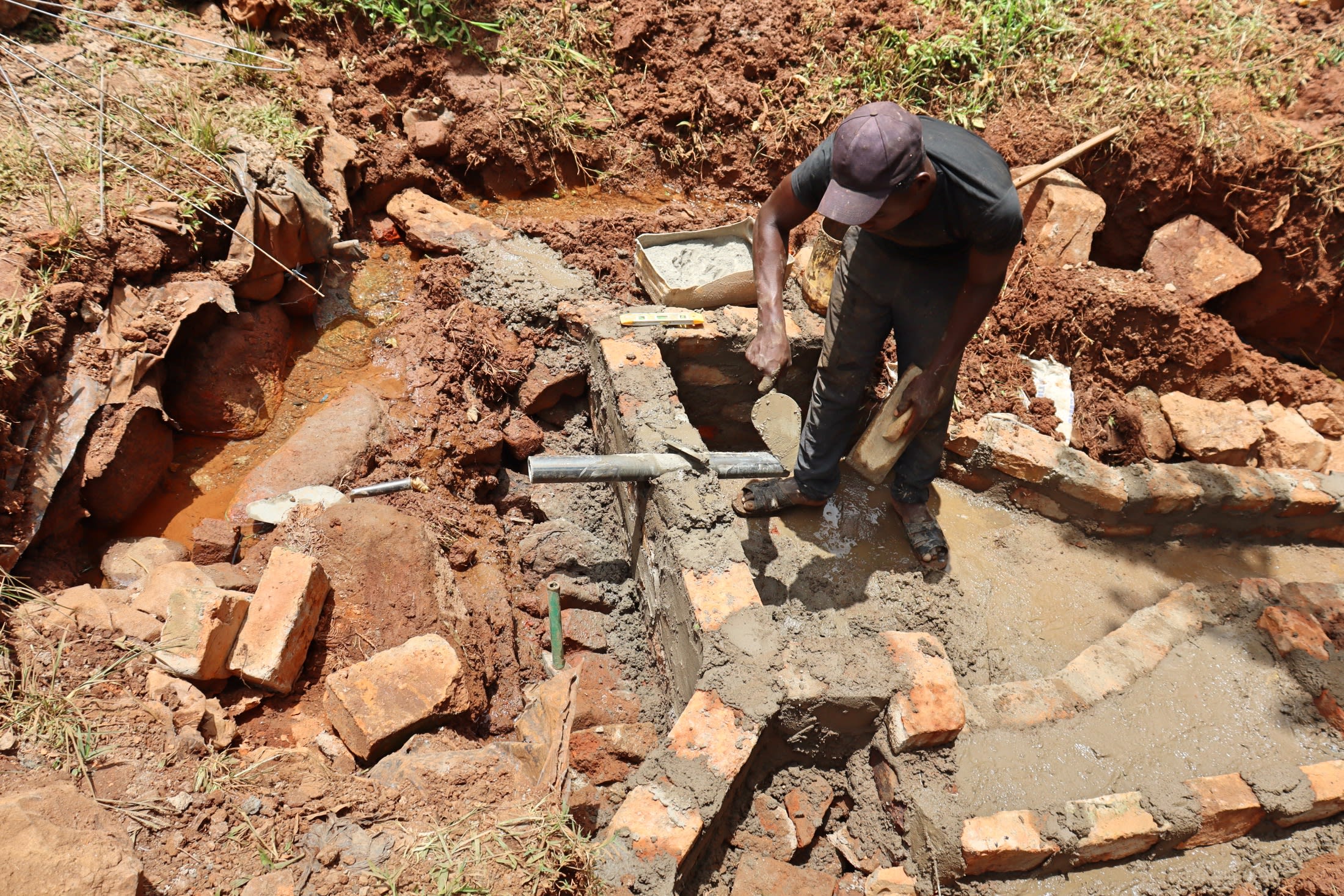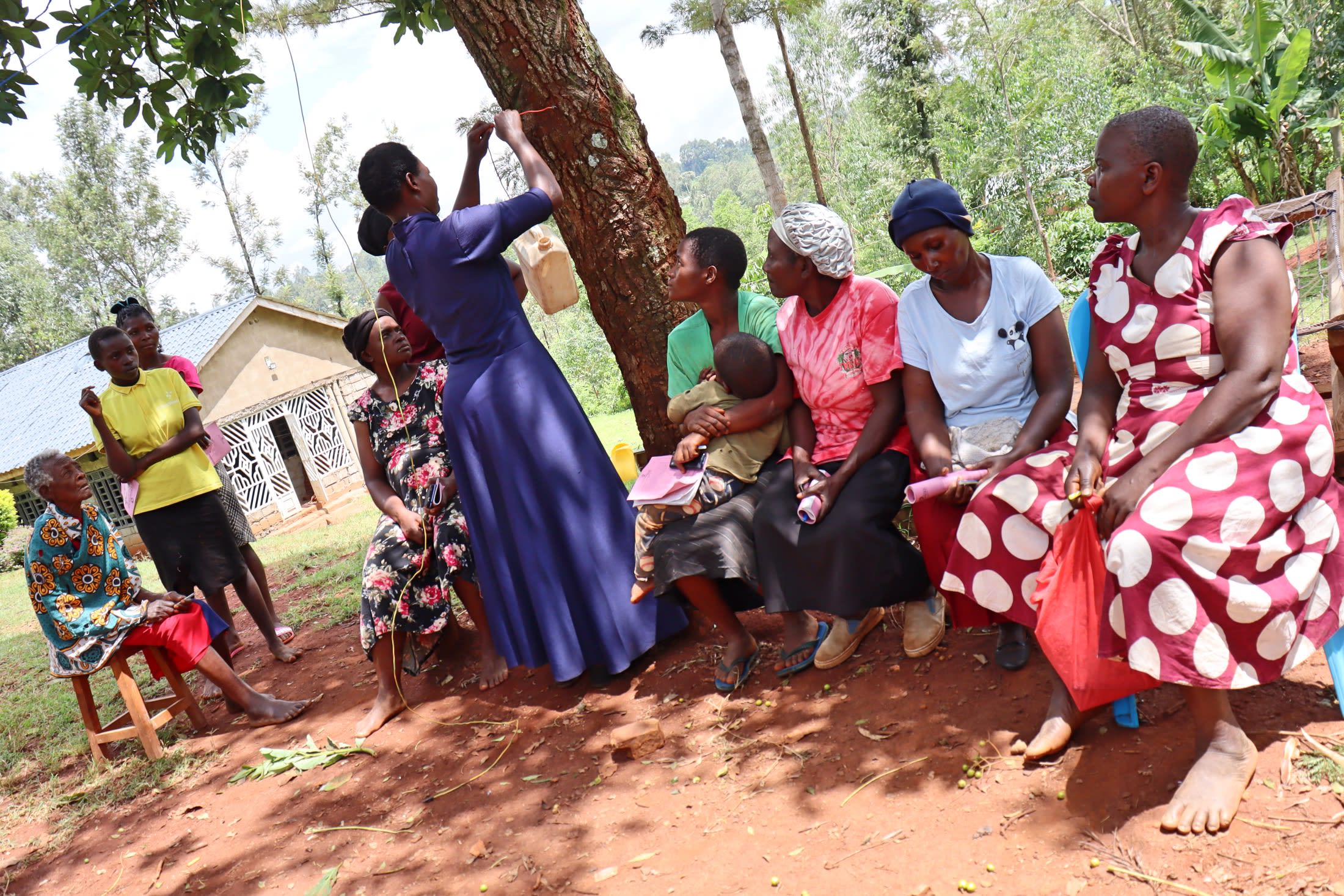Mushiyundi Spring offers water for the 210 people who live in Ekapwonje Community, but the water is not safe to consume and is making people ill.
The spring is not in good condition, as our field officer Rose Serete noted. "The environment is dirty, with a lot of muddy water accumulating at the drawing point. People step in [the] water while fetching [it]. There's no cut-off drainage. Thus, all the dirt accumulates around the spring when it rains, and also [the] absence of stairs makes accessing the spring very hard. Due to its slippery nature, someone can easily fall [into] the water during fetching."

"Some of the users have reported having suffered from diarrhea and typhoid. I would not drink [it] because the water is contaminated," said Rose.
"So many times while coming to fetch this water have I found frogs in it, and because of having no other options, I end up drinking [it]. A few times I have had to be treated for diarrhea and even typhoid a few weeks ago being the most recent episode," said 29-year-old farmer Phanice Onjira, shown below collecting water at the spring.

Since community members have no other reliable water source, and everyone is relying on the same incorrectly functioning source, there is another problem.
"The people using this spring are many, and so, there is overcrowding at the spring," said Rose.
Nine-year-old Emma (shown below) shared that delays at the waterpoint in the morning due to overcrowding means she often arrives late to school and is punished.
"When water is further away, it requires more time to collect, which often means less time at school. Particularly for girls, a shortage of water in schools impacts student enrolment, attendance and performance." -UNICEF

Protecting the spring will enable people to quickly collect water that is safe to consume and allow them to keep their health and resources for other essential things, like work and school.
What We Can Do:
Spring Protection
Protecting the spring will help provide access to cleaner and safer water and reduce the time people have to spend to fetch it. Construction will keep surface runoff and other contaminants out of the water. With the community's high involvement in the process, there should be a good sense of responsibility and ownership for the new clean water source.
Fetching water is a task predominantly carried out by women and young girls. Protecting the spring and offering training and support will, therefore, help empower the female members of the community by freeing up more of their time and energy to engage and invest in income-generating activities and their education.
Training on Health, Hygiene and More
To hold training, we work closely with both community leaders and the local government. We ask community leaders to invite a select yet representative group of people to attend training who will then act as ambassadors to the rest of the community to share what they learn.
The training will focus on improved hygiene, health, and sanitation habits in this community. With the community's input, we will identify key leverage points where they can alter their practices at the personal, household, and community levels to affect change. This training will help to ensure participants have the knowledge they need about healthy practices and their importance to make the most of their water point as soon as water is flowing.
Our team of facilitators will use a variety of methods to train community members. Some of these methods include participatory hygiene and sanitation transformation, asset-based community development, group discussions, handouts, and demonstrations at the spring.
One of the most important issues we plan to cover is the handling, storage, and treatment of water. Having a clean water source will be extremely helpful, but it is useless if water gets contaminated by the time it is consumed. We and the community strongly believe that all of these components will work together to improve living standards here, which will help to unlock the potential for these community members to live better, healthier lives.
We will then conduct a small series of follow-up trainings before transitioning to our regularly scheduled support visits throughout the year.
Training will result in the formation of a water user committee, elected by their peers, that will oversee the operations and maintenance of the spring. The committee will enforce proper behavior around the spring and delegate tasks that will help preserve the site, such as building a fence and digging proper drainage channels. The fence will keep out destructive animals and unwanted waste, and the drainage will keep the area's mosquito population at a minimum.





 Protected Spring
Protected Spring
 Rehabilitation Project
Rehabilitation Project










